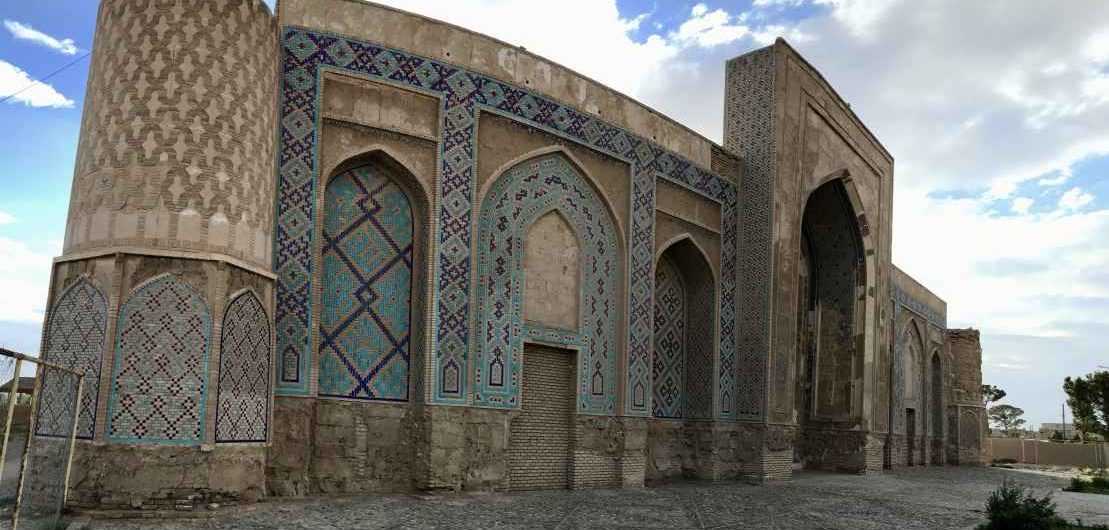Khaf
Capital of the county of Khaf, in the province of Khorasan Razaví, in Iran. Khaf houses a rich ancestral tradition linked to the first universities of the 12th-13th centuries, which offered the opportunity to study a wide variety of sciences, such as: mathematics, astronomy, medicine or music. From an anthropological point of view, Khaf is an incredibly interesting destination because Iranian culture is tinged with Afghani, which gives a special touch to both the somatic features and the way of life of the people. The local people speak a Persian dialect, similar to Dari, and have almond-shaped eyes, typical of the region and similar to those of Turkmen and Afghans.
Nashtifan
Situated in the arid and windy plains of northeastern Iran, close to the Iranian-Afghan border, the small town of Nashtifan keeps ancient traditions alive amid the seasonal winds. The city is home to some of the world’s first windmills and the structures are still in use. Along the southern edge of the city, a massive 65-foot-high earthen wall protects residents from abrasive storms. The high wall is home to two dozen vertical axis windmills, most of them functional, dating back to ancient Persian history. The structures, made of clay, straw and wood, are estimated to be around 1,000 years old and are used to grind grain into flour.
The area is known for its extraordinarily strong winds, and in fact the name Nashtifan comes from words translated as “storm surge.” During the turbulent winter months, the handcrafted wooden blades spin hard, transmitting energy to the grinding wheel. The high walls that frame the mills support the two turbines and channel the airflow like an elliptical throat in a primitive wind tunnel. The blades are arranged on a vertical axis, and energy is transferred from the axis to the grinding wheel without requiring any intermediate gears found in horizontal axis wind turbines.
To keep the grinding indoors, small workshops were built under each mill. In fact, from these workshops the blades of the mill came out, grinding inside while a very strong wind blew outside. These workshops were private property and people brought sacks of grain or other things to grind and then came to collect flour and pay taxes. In Nashtifan, these mills were built next to each other to protect themselves from strong winds. At sunset, the windmills turn a wonderful blush, creating an astonishing scene. For all who like to visit unique places, Nashtifan is a perfect destination. This part of Iran, less visited by tourists, offers a very rich culture and history to its visitors.
If you are passionate about the history, anthropology, historical landscapes and fascinating culture of the Middle East, SITO Travel will help you organize your trip to Iran. Contact us because our experience is born and develops in the field.
Qiasieh Khargard School
A unique complex where you can see the magnificent colored majolica tiles that give a special touch to the interior space. The halls of this mosque housed the students who came from all over Iran to study at this school. There is a real classroom with a dome and the perfect angles to study the constellation. Astronomy classes were held in this beautiful room. The entrance to the school, with its portico (iwan) and its two tiled towers, creates an impressive scene. This school dates from the 14th century and is located in the village of Khargard (Khaf). The founder of the school was Khajeh Qiasodín, minister of Sultan Shahrokh Teymurí. The square building consists of four terraces, the entrances of which are 4.5 m wide and 11 m high. It is a two-story building with 32 rooms, decorated with stone, marble and tiles.



Comments